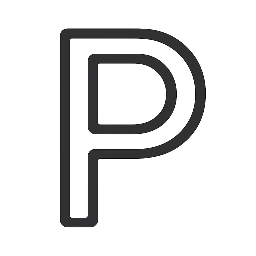Well Being Letter is a gentle space for mindful living — sharing reflections, insights, and inspiration to nourish your body, ease your mind, and uplift your spirit, one letter at a time.
How Heart-Centered Communication Improves Your Life and Relationships
In a world that often moves too fast and talks too loud, it’s easy to forget the quiet power of simply being heard — or truly hearing someone else. But empathy and deep listening aren’t just good for our relationships; they’re essential to our overall well-being.
At Well Being Letter, we believe that wellness isn’t just about what you eat or how you move. It’s also about how you connect — with others, yourself, and the world around you. And that connection begins with empathy and listening.
What Is Empathy, Really?
Empathy is the ability to feel with someone, to step into their shoes and understand their experience. It’s not the same as sympathy, which observes from a distance. Empathy leans in. It says, “I see you. I’m here with you.”
This kind of presence:
- Builds trust
- Reduces stress and isolation
- Strengthens relationships
- Encourages emotional resilience
When we feel truly understood, our nervous system relaxes. This makes empathy a tool not just for connection — but for healing.
The Science Behind Listening and Well-Being
Research shows that active listening — giving someone your full attention without judgment or interruption — boosts mental and emotional health, both for the speaker and the listener.
Listening:
- Activates oxytocin, the “bonding hormone”
- Reduces cortisol, a stress hormone
- Enhances emotional regulation
- Fosters compassion and patience
Listening is a wellness practice — just like meditation or mindful breathing. It grounds you in the present moment and deepens your connection with others.


How to Practice Empathic Listening
Empathic listening is more than hearing words. It’s tuning in with your whole self. Here’s how to begin:
1. Be Present
Put down your phone. Make eye contact. Let go of the urge to mentally “prepare your response.” Simply be there.
2. Listen Without Fixing
Resist the urge to jump in with advice or solutions. Most people don’t need answers — they need to be heard.
Try this:
Instead of saying “You should…”
Try: “That sounds really tough. How are you feeling about it?”
3. Reflect and Validate
Reflect what you hear without judgment. Simple phrases like:
- “It sounds like you’re feeling really overwhelmed.”
- “I can understand why that would hurt.”
These show the other person that you’re attuned to their emotions.
4. Hold Space
Sometimes silence is the most powerful part of listening. Give the other person time to think, feel, and speak at their own pace.
Empathy Starts with You
Here’s something we often forget: you can’t offer empathy to others if you’re not offering it to yourself. Self-empathy means acknowledging your own feelings without judgment.
- Pause and ask, “What do I need right now?”
- Speak to yourself with kindness, not criticism
- Give yourself permission to rest, feel, and heal
When you’re gentle with yourself, you naturally become more patient and understanding with others.
Everyday Opportunities to Practice
Empathy and listening aren’t just for deep heart-to-hearts. They’re tools you can use in everyday life:
- At home: Listening to your partner without interrupting
- At work: Asking a colleague how they’re really doing
- In the community: Engaging with someone from a different background with curiosity, not assumptions
These small moments of connection ripple outward — creating a more compassionate world.
Final Thoughts: Listen Like It Matters (Because It Does)
In our rush to respond, solve, and do — we often forget the healing power of simply being with. But when we slow down, listen with intention, and meet others with empathy, we create spaces of safety, trust, and transformation.
So today, offer your presence. Choose to listen deeply. It might not seem like much — but it’s one of the most powerful wellness tools you have.


Leave a Reply